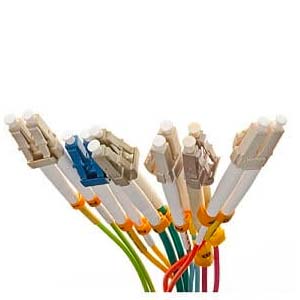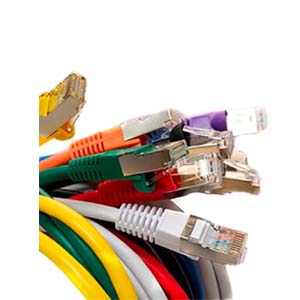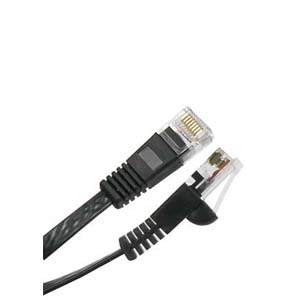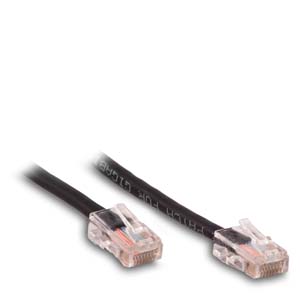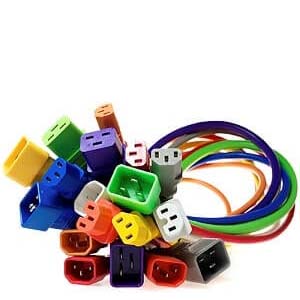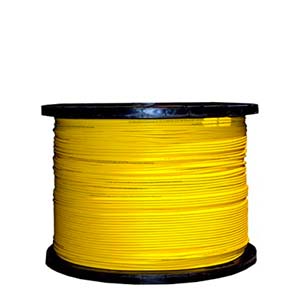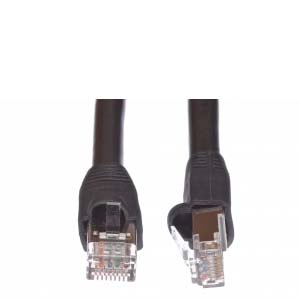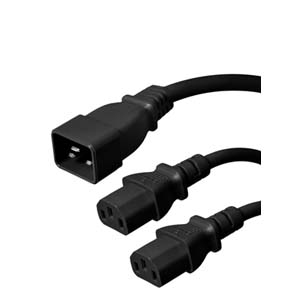Cables Blog
The Benefits of USB Printer Cables
The days of 36 pin centronics connectors and 25 pin parallel port connectors are long gone. Today, almost all computer peripherals are connected by a simple standard USB connector. A USB printer cable is slightly different than a USB cable that is used with an external hard drive, scanner or additional monitor.
by Vikas Dayal • January 16, 2014
The days of 36 pin centronics connectors and 25 pin parallel port connectors are long gone. Today,
almost all computer peripherals are connected by a simple standard USB connector. A USB printer
cable is slightly different than a USB cable that is used with an external hard drive, scanner or additional
monitor. The USB connector was developed to solve all the problems that did persist when every device
seemed to have its own unique port and connector.
Today, the USB, Universal Serial Bus is the principal way of connecting all external computer
components. The connector replaces the old-school approach which was to have a different connector
for every device. A printer had different connectors than a keyboard and a keyboard had different
connectors than a mouse and on it went. The USB port can now take any peripheral and in a matter
of just a few seconds, identify the device, install the driver and the device is ready for use. The USB
standard has allowed most computer manufacturers to eliminate parallel ports on their machines.
It was just stated that USB is a standard that can be used on all external computer hardware; this is
true except in the case of a USB printer cable which is somewhat different. A USB printer cable has two
different ends; the end that plugs into the host computer is a standard USB connector, easily identified
by the trident marking on the molding. The end that plugs into the printer is different, the connector
is square and the corners are rounded. Although this is the standard, periodically one will see different
variants. The variant that is most common is a small connector which allows the interface between the
computer and small devices such as digital cameras and cellular smart phones.
In many cases the manufacturer of the printer does not include the USB printer cable with the machine;
it is up to the buyer to supply it. It is important to know that any USB cable which has the standard
connectors will work with any printer, regardless of the manufacturer.
From a purely technical point of view, USB printer cables are superior to a parallel printer cable as it
can be much longer. This fact makes it very easy to wire an office. A USB connection is also a hot-swap
connector meaning it can be disconnected from one device and instantly be used for a different device,
all that has to happen is the drivers for the new device have to be identified. In the past, when plugging
into a parallel port the computer had to be re-booted.
Cables.com is your one stop resource for high quality cables and equipment online. We stock all types of cable and accessories at the most competitive prices. We are proud to be a leading online retailer offering the highest quality solutions for customers and businesses across a wide range of industries. Please stop by our online retail store at www.Cables.com and you're certain to find exactly what you are looking for in our comprehensive selection of merchandise.


